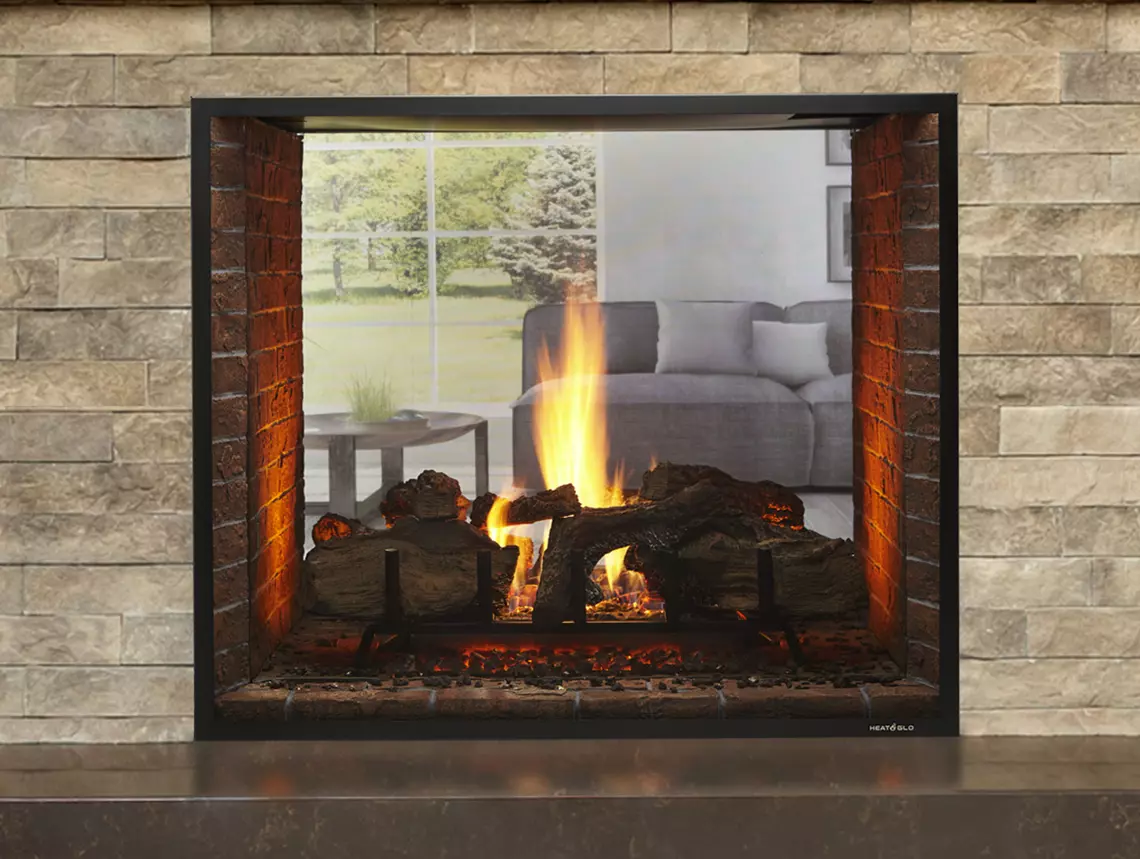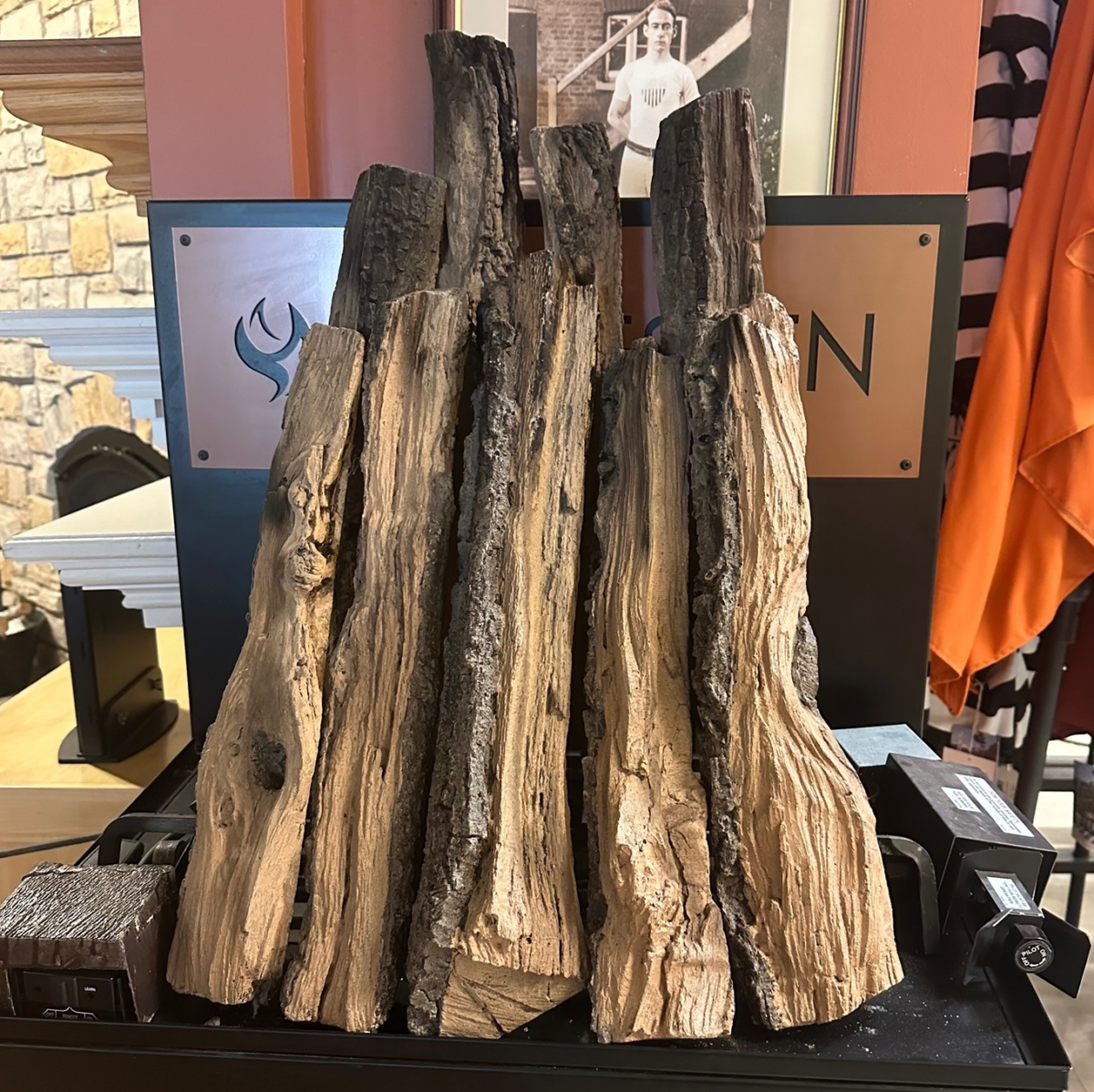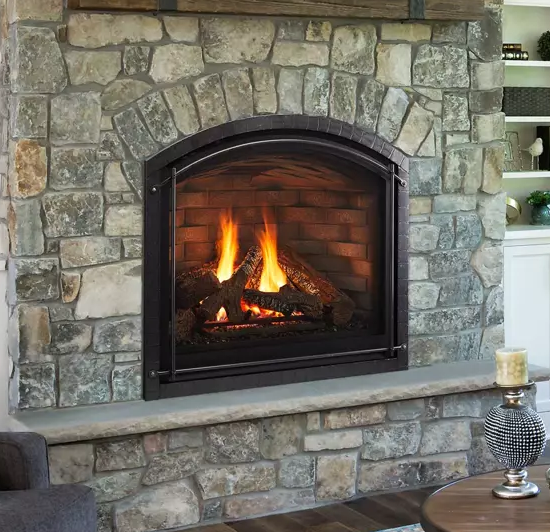Lighting a gas fireplace can seem intimidating, but once you know the basics of gas fireplace systems, you’ll find it’s not hard. Each gas fireplace has a safety valve with a pilot light. Because there are many types of fireplaces, we don’t have a step-by-step guide for each one; you’ll want to check your appliance manual for that. We have general guidelines here. In principle, there are two steps to lighting a gas fireplace: first the small pilot flame must be lit, and second, the gas valve should be turned to the “on” position. For older fireplaces which have a “standing pilot” (this means the pilot stays on all the time), you’ll need to first manually light the pilot and then turn the gas valve on or off. For newer fireplaces with electronic ignition, the fireplace will light the pilot itself. In this case, you’ll only need to turn the switch or remote to “on” and you’ll hear a sparking sound and see the pilot light shortly after. The pilot will take a few moments to heat up, so there may be a delay in burner ignition. With electronic ignition, the fireplace will turn the pilot on or off each time you use the fireplace; with a standard standing pilot fireplace, the pilot should stay on either year-round or during the heating season. If your pilot has been off and the fireplace has not been used for many months, it may take some time for air in the gas line to be bled out the first time the pilot is lit.
Pro tip: when relighting a pilot, you need to hold the valve knob in for at least 60 seconds to make sure the thermocouple has time to heat up. If you release it too soon, the pilot will go out and you’ll have to relight the pilot.
The information here is meant as a general explanation only and not intended to take the place of your appliance manual. If you don’t feel comfortable working on gas appliances, call an expert. If you ever smell gas or think you have a leak or a problem, get help right away.
Previous Next



